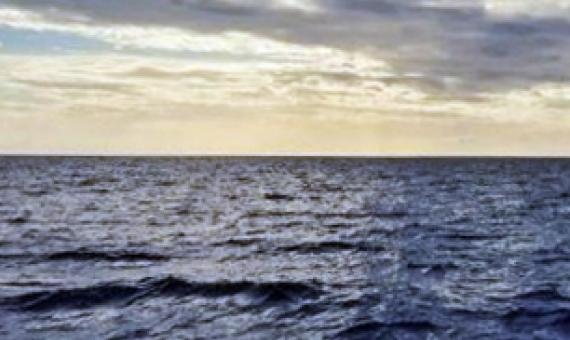On land, rivers and mountain ranges can divide species into genetically distinct populations.
On board Guide for the Identification of Sharks and Rays in West Africa listed on International Treaties
This guide has been developed to improve catch and landings data on sharks and rays that are listed on three international treaties, the Convention on the Conservation of Migratory Species of Wild Animals (CMS). This guide intend to assist in the identification of sharks and rays interacting with fisheries operating in the SRFC region. Call Number: [EL]Physical Description: 41 p.
Half a century of rising extinction risk of coral reef sharks and rays
Sharks and rays are key functional components of coral reef ecosystems, yet many populations of a few species exhibit signs of depletion and local extinctions. The question is whether these declines forewarn of a global extinction crisis. We use IUCN Red List to quantify the status, trajectory, and threats to all coral reef sharks and rays worldwide. Here, we show that nearly two-thirds (59%) of the 134 coral-reef associated shark and ray species are threatened with extinction. Alongside marine mammals, sharks and rays are among the most threatened groups found on coral reefs.
Conservation Status and Cultural Values of Sea Turtles leading to (un)written parallel Management systems in Fiji.
Globally and locally, conservationists and scientists work to inform policy makers to help recovery of endangered sea turtle populations. In Fiji, in the South Pacific, sea turtles are protected by the national legislation because of their conservation status, and are also a customary iTaukei resource.
UNESCO on Wednesday heaped praise on establishing a global biodiversity snapshot of marine species across 25 of the world´s most unique marine protected areas.
Spillover benefits from the world’s largest fully protected MPA
Previous research has cast doubt on the potential for marine protected areas (MPAs) to provide
refuge and fishery spillover benefits for migratory species as most MPAs are small relative to the
geographic range of these species.Call Number: [EL]Physical Description: 5 p.
Evidence that spillover from Marine Protected Areas benefits the spiny lobster (Panulirus interruptus) fishery in southern California
Marine Protected Areas (MPAs) are designed to enhance biodiversity and ecosystem services. Some
MPAs are also established to benefit fisheries through increased egg and larval production, or the
spillover of mobile juveniles and adultsCall Number: [EL]Physical Description: 9 p.
Conserving our Sea of Islands: State of Protected and Conserved Areas in Oceania
Protected and conserved areas are vital for safeguarding our unique biodiversity - as well as underpinning culture and livelihoods. This report is the first comprehensive regional assessment of protected and conserved areas. The biodiversity and Protected Areas Management Programme (BIOPAMA) supported the preparation pf this report. Call Number: [EL],333.95 CONISBN/ISSN: 978-2-8317-2214-6,978-2-8317-2215-3Physical Description: 272 p.
Climate Benefits from Establishing Marine Protected Areas Targeted at Blue Carbon solutions
Marine protected areas (MPAs) are recognized as highly effective tools for marine conservation. They may also play an important role in mitigating climate change. A variety of climate change solutions are rooted in the ocean, centered primarily around blue carbon, and the capacity of marine life to sequester carbon dioxide. Call Number: [EL]Physical Description: 9 p.
By-catch and Integrated Ecosystem Management (BIEM) - Strengthening turtle conservation and management in the Pacific: Presentation
Presentation on By-catch and Integrated Ecosystem Management (BIEM) - Strengthening turtle conservation and management in the Pacific at the launch of the Pacific Regional Marine Species Programme Action Plan 2022-2026Call Number: [EL]Physical Description: 9 p.








